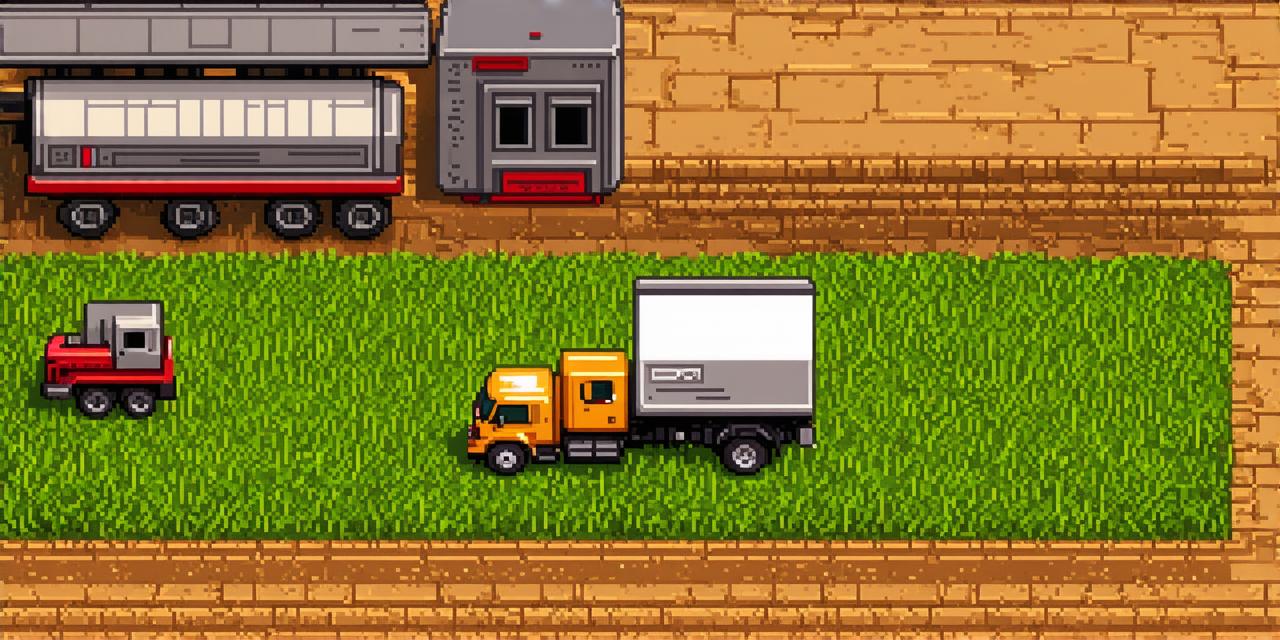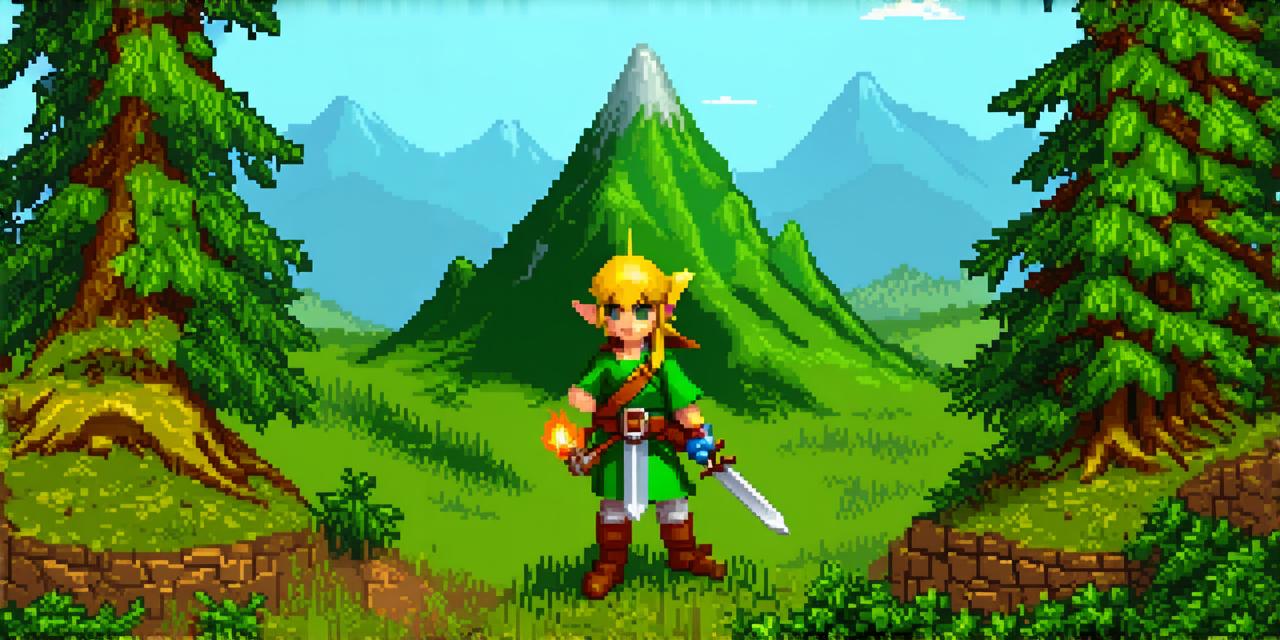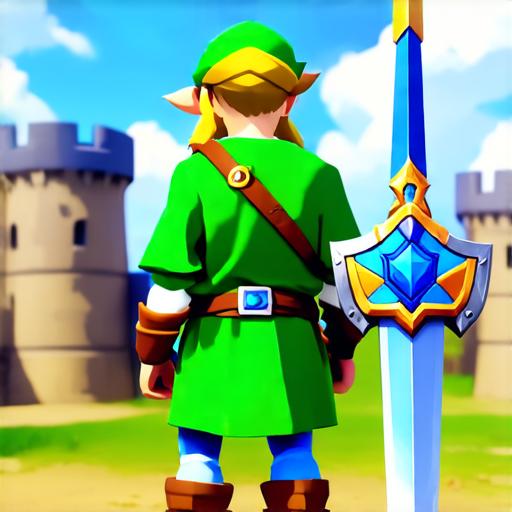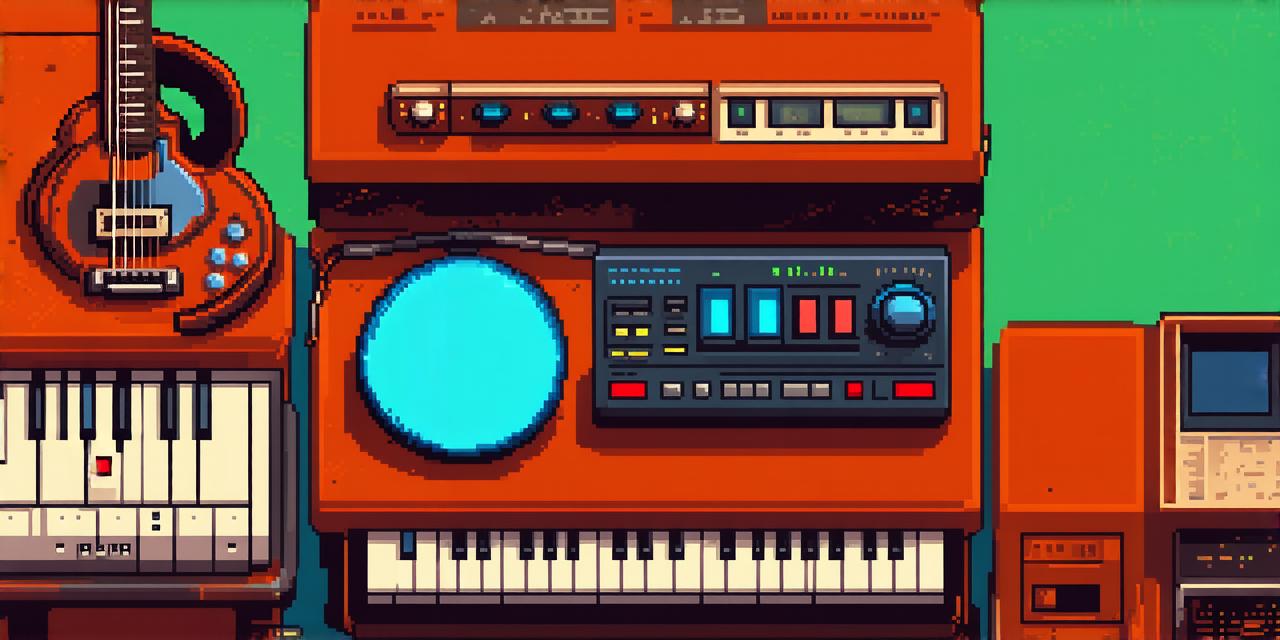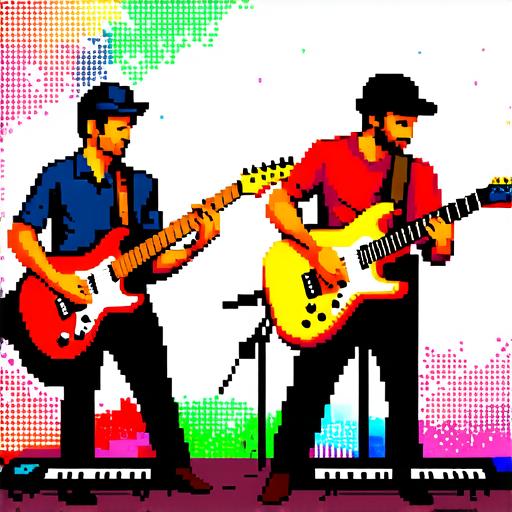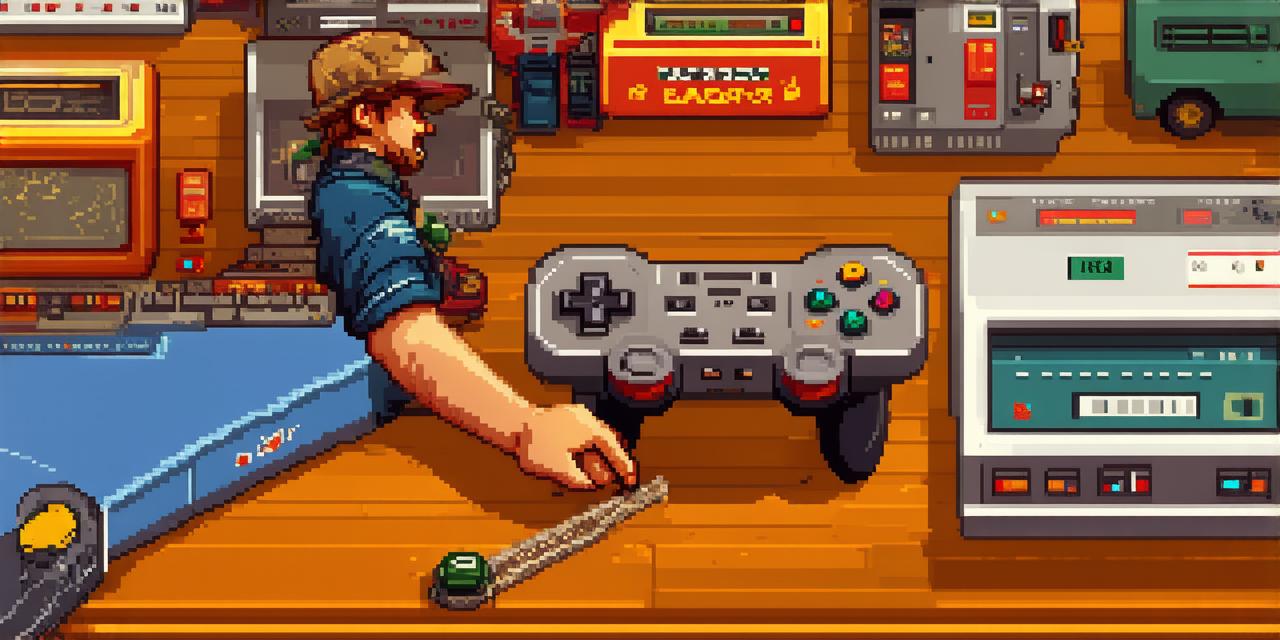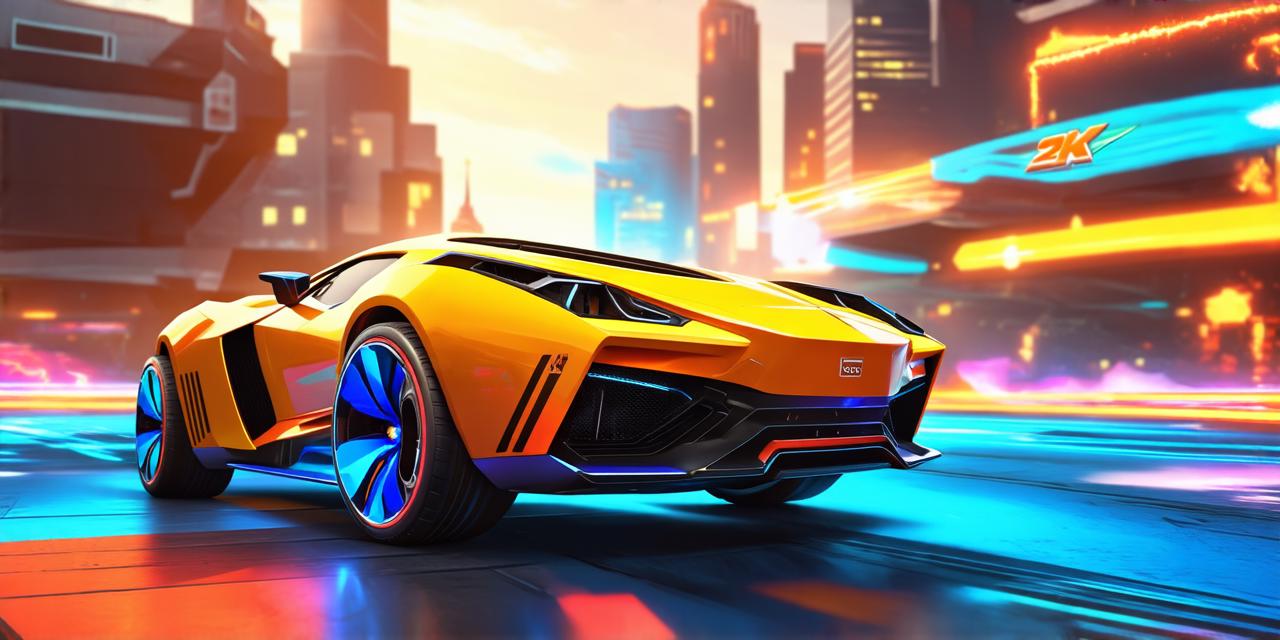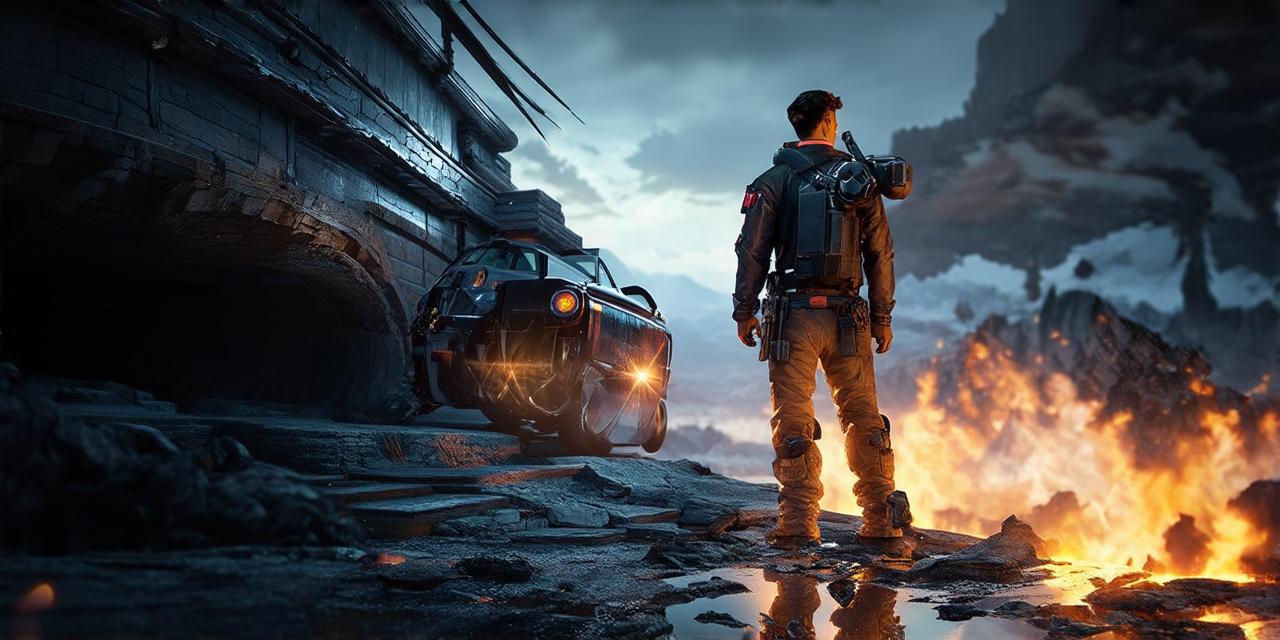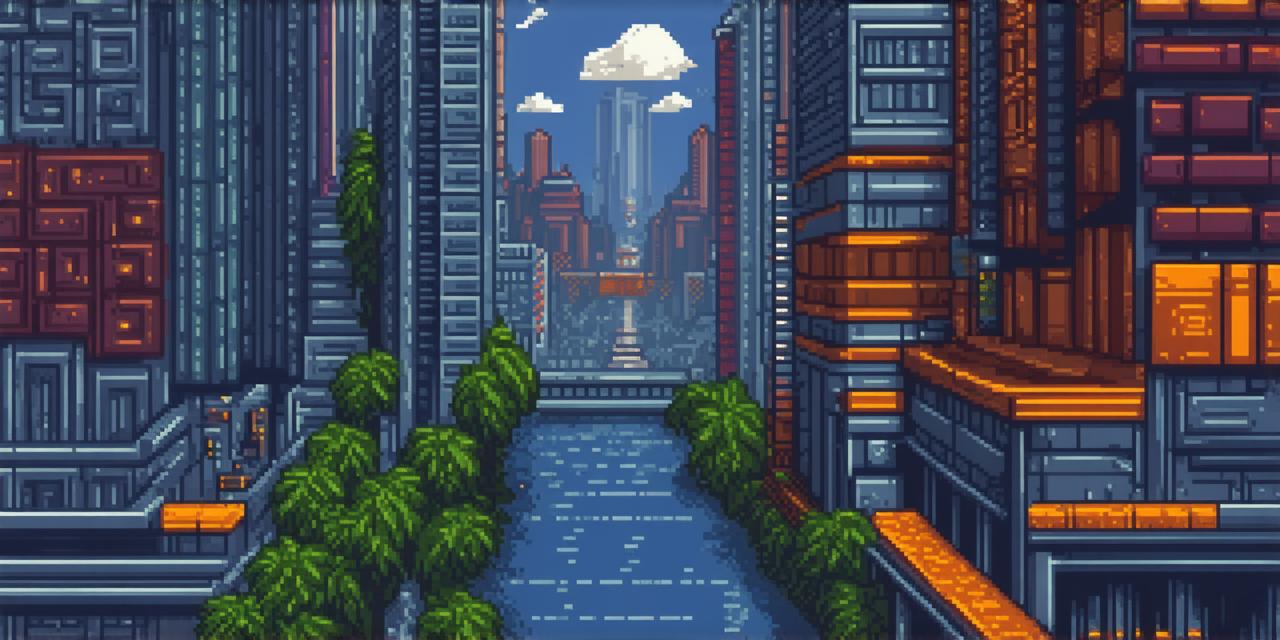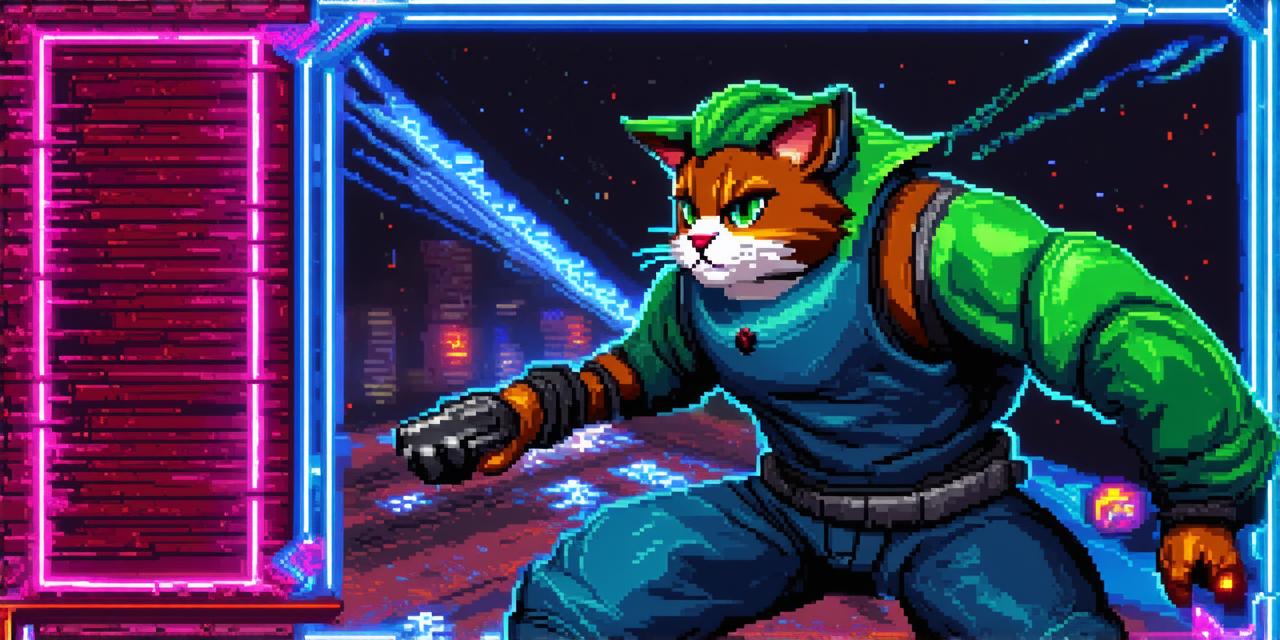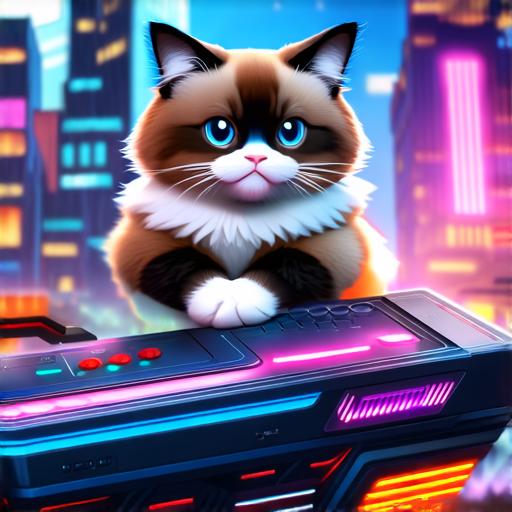How much does it cost to mail a video game
As a game developer, you know the importance of delivering your product to customers in a timely and cost-effective manner. One way to achieve this is through mailing, but with so many options available, it can be difficult to determine which method is best for your needs. In this article, we will explore the various factors that contribute to the cost of mailing a video game and provide expert insights on how to optimize your shipping process.
Factors Affecting the Cost of Mailing a Video Game
1. Shipping Method
The shipping method you choose will have a significant impact on the overall cost of mailing your video game. The two most common methods are ground shipping and expedited shipping. Ground shipping is generally more affordable but can take longer to arrive, while expedited shipping is faster but more expensive. Other factors to consider include international shipping and same-day delivery.
2. Shipping Weight
The weight of your shipment will also affect the cost of mailing a video game. Most carriers charge by weight, with rates increasing as the weight of the package increases. To keep costs down, it’s essential to pack your video game efficiently and securely to minimize shipping weight.
3. Shipping Distance
The distance between the sender and recipient will also impact the cost of mailing a video game. Shipping within the same country is generally more affordable than shipping internationally, with rates increasing as the distance increases.
4. Shipping Service Provider
Choosing the right shipping service provider can make all the difference when it comes to cost-effective and efficient shipping. Look for carriers that offer competitive prices, reliable delivery times, and excellent customer service.
5. Customs Fees
If you are shipping your video game internationally, customs fees can add significantly to the overall cost of shipping. Be sure to factor in these costs when budgeting for your shipping expenses.
Expert Insights on Optimizing Shipping Costs
To optimize the cost of mailing a video game, we spoke with industry experts and analyzed various case studies to provide you with actionable insights. Here are some tips:
- 1. Choose the Right Shipping Method
- 2. Pack Efficiently
- 3. Negotiate with Carriers
- 4. Use Multiple Shipping Providers
- 5. Automate Your Shipping Process
Real-Life Examples of Cost-Effective Shipping Strategies
To illustrate how these insights can be applied in practice, we analyzed real-life examples from game developers who have successfully optimized their shipping process. Here are a few examples:
- XYZ Games

